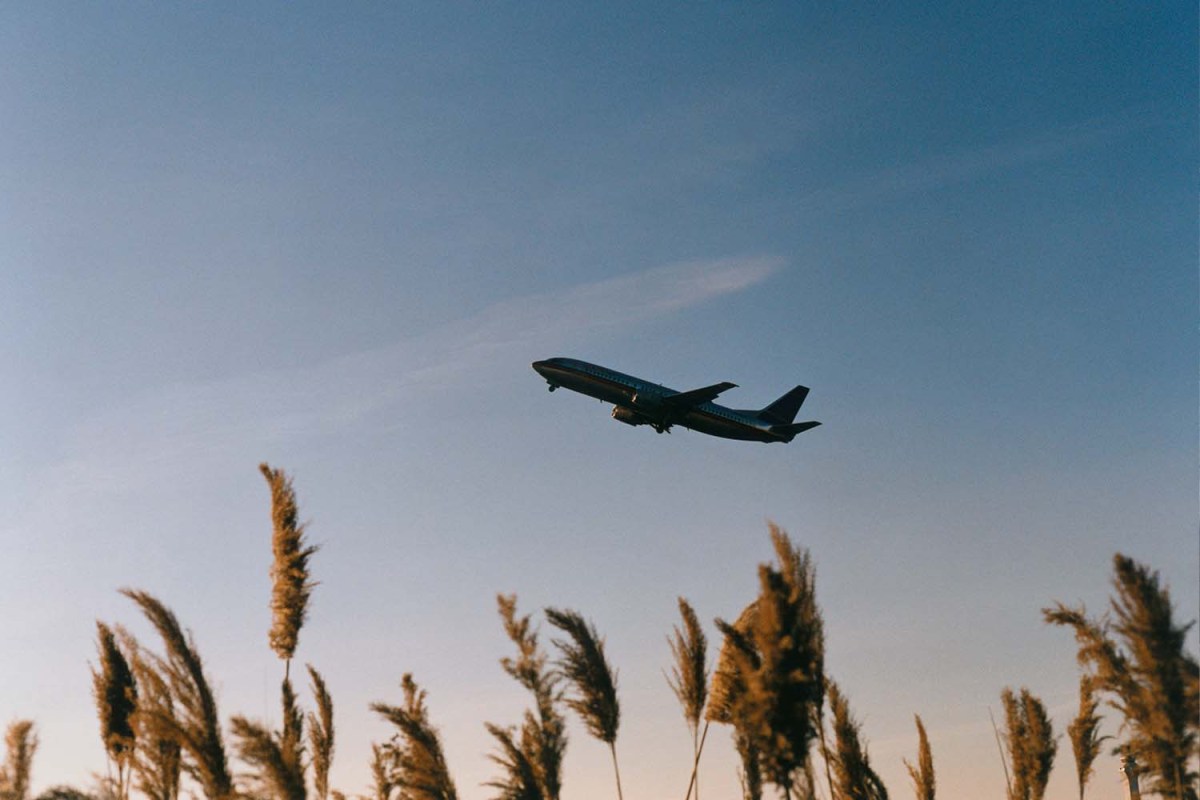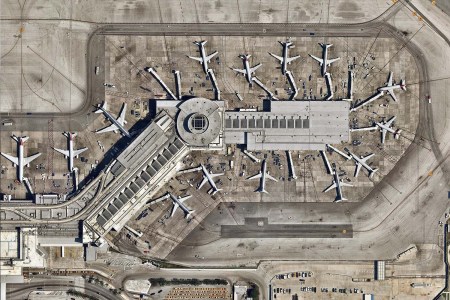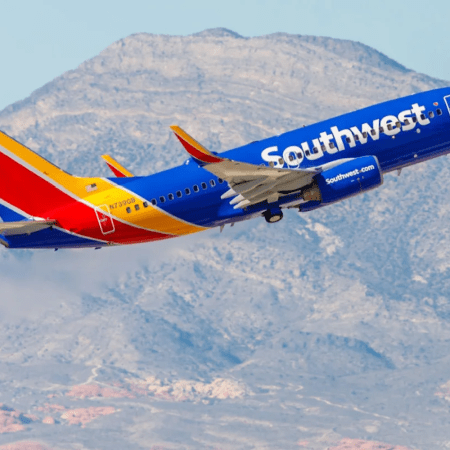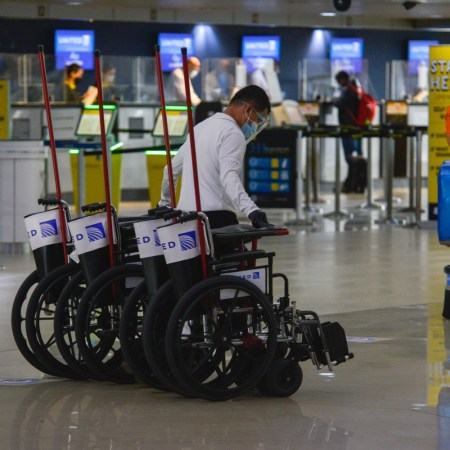I don’t remember much of grade-school math, with one major exception: a particular equation having to do with two aircraft. One was taking off, the other flying overhead. The problem started with the speed at which both planes were moving and ended with a collision. We were meant, as fourth graders, to manipulate presumably the velocity (I don’t know, I’m a writer) to a different, more desirable end.
Truth be told, I don’t remember if I got the answer in the end, nor if I even cared to try. I was fixated, instead, on the image of two planes colliding over an airport. — so much so that upon learning how common “close calls” are, nearly two decades later, it was the first thing I thought of.
If you told me that near-collisions of commercial airlines happened at a rate of 46 a year, I’d consider that to be a lot. That said, per a new report from The New York Times, there were “a flurry” of at least 46 close calls involving commercial airlines in the last month and, according to a database maintained by NASA, about 300(!) in the last year.
And while there have been no major U.S. plane crashes in more than a decade, “potentially dangerous incidents are occurring far more frequently than almost anyone realizes.” Some encounters have been so close that, according internal records reviewed by The Times, the Federal Aviation Administration described them as “skin to skin.” Last month wasn’t a one-off, either. On average, it’s happening “multiple times a week,” nationwide and across all airlines — it’s just very rare that it’s made public knowledge.
What an Air Traffic Controller Shortage Could Mean for You
Several carriers are planning schedule cuts to multiple major airports this summerIt feels instinctual to want to blame technology, or lack thereof. It is 2023, after all. But the agency’s internal records attribute most, if not all, the near-incidents to human error — namely at the hands of air traffic controllers, of which there has been a years-long shortage. As of May, only three of the 313 air traffic facilities nationwide had enough controllers to meet targets set by the F.A.A. As a consequence, currently employed air traffic controllers are being overworked, leading to fatigue and mistakes.
They fear that a catastrophe is imminent. “Is it going to take people dying for something to move forward?” one posited following a close call back in January. Of course, pilots also have a part to play. The F.A.A. appears to be failing to address either in any significant way.
In fact, in 2017, after an increase in close calls on runways, the National Transportation Safety Board tasked the F.A.A. with installing more systems that alert air traffic controllers to potential collisions on runways. The F.A.A. has not installed a single new surface detection system since.
Thanks for reading InsideHook. Sign up for our daily newsletter and be in the know.



















